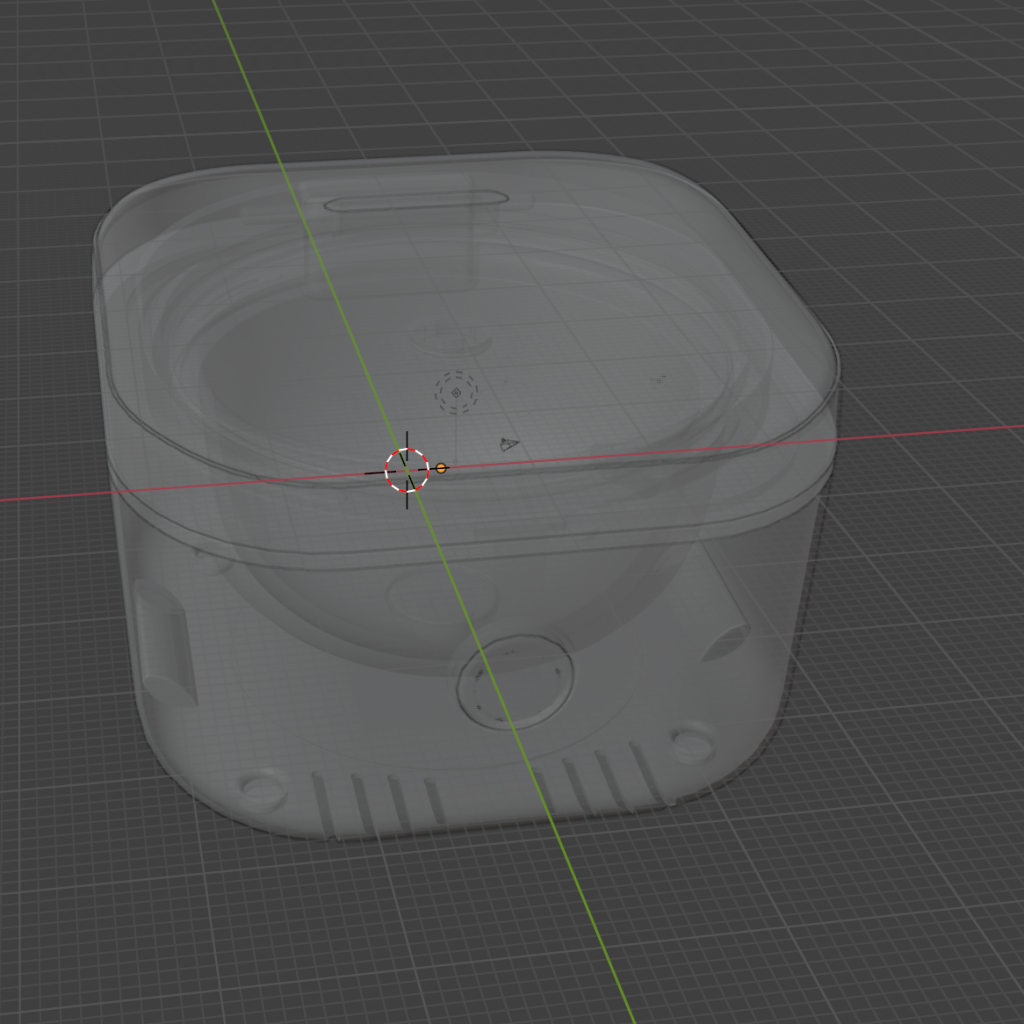My Work
Hair VFX Creation
In this project, I created the flowing hair effect using Unreal Engine 5’s Niagara particle system. I began by modeling simple strand geometry in an external tool and importing it into UE as the emitter source. Within Niagara, I used mesh particles to represent the strands, applying gravity and wind forces to generate natural motion. To keep the strands flexible yet coherent under wind influence, I added rope constraints and fine-tuned the drag settings to control air resistance. I also introduced wind actors with subtle fluctuations in speed over time, which prevented the movement from becoming repetitive. For shading, I applied a double-sided translucent material with slight specular highlights to enhance realism. The final result not only echoed the “forest of hair” imagery from my personal practice but also resonated with the team’s thematic exploration of bloodline entanglement and cycles.
Camera Design
For the final sequence of the project, I was responsible for designing the camera movement. Using Unreal Engine’s Sequencer, I plotted the camera’s path and applied easing curves to control acceleration and deceleration, giving the motion a sense of breathing rhythm and narrative pacing. I also adjusted depth of field so that the focus gradually shifted from the details of the environment to the “hair tree” at the end of the corridor, guiding the viewer’s eye and building emotional tension. This approach to camera design not only emphasized the central metaphor of the story but also created a layered visual experience that conveyed the journey from confinement toward breakthrough.
Reflection
Unlike Paper Box War, where I acted as the leader, this group project placed me in a different position — not as the director, but as a contributor and collaborator. This shift taught me how to find my place within a team, to focus on my strengths, and to support the collective vision rather than relying on leadership to define my role. By working on the hair VFX and camera design, I realized that individual expertise can make a crucial impact even without being in charge.
That said, with a larger group, we faced challenges in time management and workflow organization. Some of our original ideas could not be fully realized. I also noticed that I was sometimes too passive in communication; I didn’t always voice my needs or suggestions in time, which meant certain details fell short of expectations. This experience showed me that collaboration is not only about completing assigned tasks, but also about taking initiative to improve processes and team coordination.
In future projects, I aim to be more proactive in expressing ideas, setting clear workflow needs, and helping to streamline file formats and project organization. I believe that with continuous practice and reflection, I can become a more adaptable and effective team member.
In the end, I would like to sincerely thank my teammates for their support and collaboration throughout the project. My special thanks go to Hao, who not only provided a strong thematic direction but also played a central role in driving the project forward. It was through everyone’s collective effort that this work was successfully realized.
Main Blog:Group Project:When we were shackled by order, where do we go? – Hao
